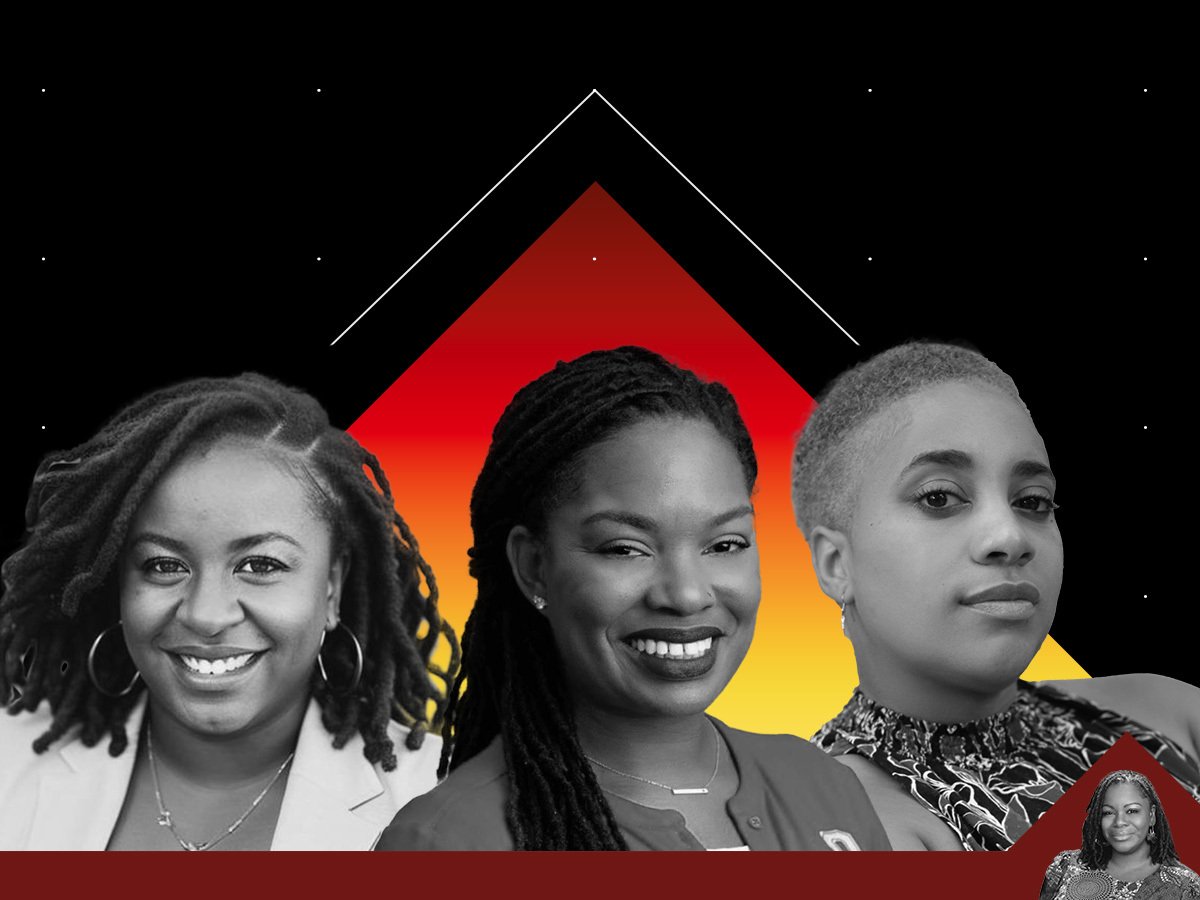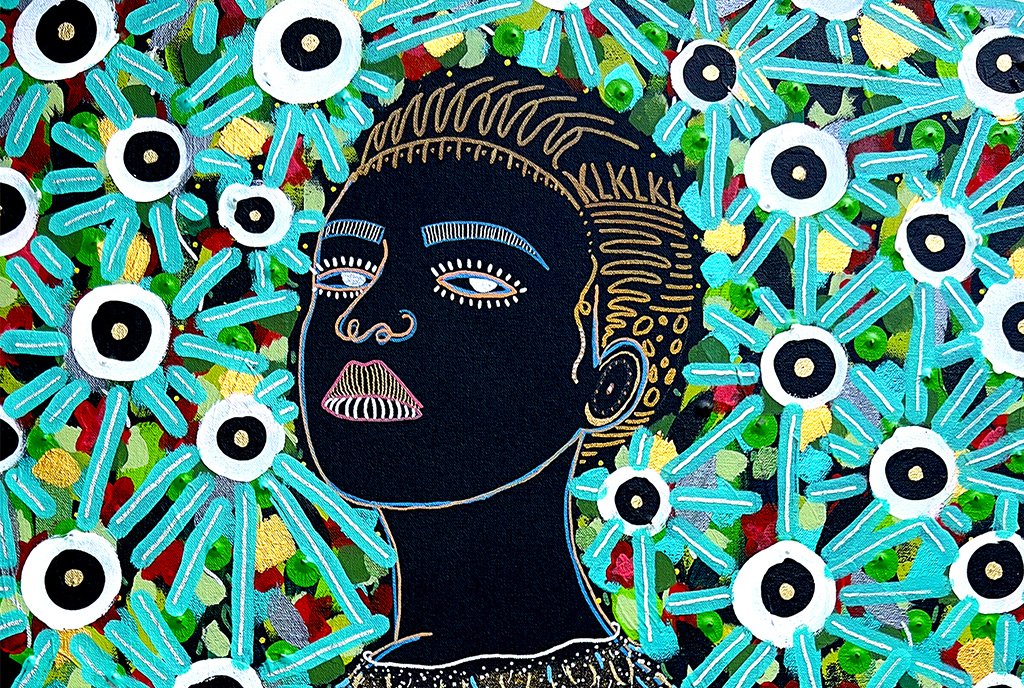
COVID-19 plus structural racism has equaled devastation in Black communities in America. The pandemic shines a bright light on the racist systems of these United States, magnifying the policies and institutions that contribute to generational inequity.
These systems have arisen from the original sin of slavery. For a field that touts its love of humanity, philanthropy let decades elapse with a conspicuous lack of coordinated, consistent, and focused efforts on America’s race problem. Rather than operating from love and impact, too much of the sector has refused to be forward-thinking on race and dragged its feet when responding to persistent calls to center racial equity in the way it does business—from the makeup of its leadership and staff, to the way it distributes funds.
Will the sector now bang its fists on its collective desks, declaring that “Black lives matter”? What has long stood as an invitation to philanthropy now stands as an indictment, with millions of lives on the line. The field must face up to the disparities that the pandemic has laid bare. No more turning away.
Why has COVID-19 hit Black communities so hard?
According to the Centers for Disease Control and Prevention (CDC), in its March COVID-19 reporting, the federal agency reported that Black people made up more than 33 percent of hospitalizations for the disease, yet they only represent 13 percent of the total US population.
In Michigan, Blacks represent 40 percent of COVID-19 deaths, but 14 percent of the state’s population. In Illinois, at least 28 percent of people confirmed to have COVID were Black, doubling their representation in the general population. In the South, Albany, Georgia, and New Orleans, Louisiana, have seen staggering infection rates and numbers of deaths, and Black people make up 60 percent and 73 percent of those cities’ populations, respectively.
What, exactly, is it that makes Blacks unequally susceptible to this deadly disease?
In a recent online convening for presidents of philanthropic organizations with more than $1 billion in assets, political and media commentator Van Jones outlined some of the medical reasons.
“These comorbidities are actually the diseases that are already epidemic in the Black community, so you have a pandemic jumping on top of multiple epidemics in Black communities,” Jones said. “We have epidemic levels of hypertension in the Black community. We have an underlying epidemic of asthma in the Black community. Hypertension is a killer in this epidemic, and asthma’s right behind it.”
Of course, these underlying medical conditions, or comorbidities, didn’t just happen. They are rampant in the Black community because of generations of systemic racism. According to the CDC, Black people aged 35–64 are 50 percent more likely to have high blood pressure than whites in the same age range. They also have demonstrably higher rates of diabetes and asthma. All of these conditions increase the risk of dying of COVID-19.
“Health inequalities and the social determinants of health are not a footnote to the determinants of health,” observed British epidemiologist Michael Marmot in a 2011 radio interview. “They are the main issue.”
For decades, the dominant culture has chastised Blacks for their individual and modifiable behaviors that increase the prevalence of these chronic conditions. Exercise more, eat less salt, move somewhere with better air quality. However, a commensurate push for systemic changes that address the built-in environment and culturally competent care is much less forceful. Hence, the snowball effect of these factors was the perfect storm for such extreme Black life loss.
A new definition of “essential,” complete with glaring pay gaps
The historic origins of America’s economic prowess have always positioned Black people as “essential.” As COVID-19 spread during February and March, and stay-at-home orders slowly increased, so did the number of people working at home. Yet the Economic Policy Institute reports that less than 20 percent of Black people were able to work from home.
While a large number of people are considered essential workers, Black workers are more likely to be in low-paying “essential” jobs. In healthcare, half of those who work in jobs that pay less than $30,000 per year are non-white. Black workers, specifically, are most likely to work in the job category of “nursing, psychiatric, and home health aides.” The median hourly wages for these positions range from $11.62 to $13.72 per hour, or roughly $24,000 to $28,000 annually—numbers that fall below or near the federal poverty level for a family of four or five.
Sign up for our free newsletters
Subscribe to NPQ's newsletters to have our top stories delivered directly to your inbox.
By signing up, you agree to our privacy policy and terms of use, and to receive messages from NPQ and our partners.
In essential retail positions, the demographics are actually roughly proportional to the total US population, yet black workers are significantly more likely to work frontline low-wage jobs (such as cashier), more likely to be assigned only part-time hours despite an expressed desire to work full time, more likely to be the single source of income for their household, and more likely to be in poverty. Black workers, on average, are paid around 80 percent of what white workers make across all sales and related positions (as much as $3 less per hour).
Because of the low pay associated with many of these jobs, even if Blacks are eligible for paid leave under the Families First Coronavirus Response Act (FFCRA), they are less likely to be able to afford to take it. They are presented with impossible choices: Stay home with their kids at the expense of not being able to afford rent and food—or leave their kids at home alone and risk being reported to DHR for child endangerment. For those who work for large corporations, paid leave under the FFCRA is likely not even an option.
The options are even worse for undocumented Black immigrants, who have no protection under the FFCRA, regardless of the size of their employer.
An even bleaker outlook for the incarcerated
The US prison-industrial complex is the grandson of slavery, further discounting the value of Black lives. According to the Prison Policy Initiative, Blacks are incarcerated five times as often as whites.
Yet many of these people have not even been convicted of a crime; around 60 percent of people in jails in the US are awaiting trial but could not make bond. Of those, 75 percent are charged with a non-violent crime, where a conviction would result in a fine and/or less than a year in jail. Studies have found a strong correlation between being Black and being charged a higher initial bail amount, and Blacks were 25 percent more likely than any other group to remain in jail pretrial.
One prison in Arkansas provides a tragic example for the type of Petri-dish environment that exists in these facilities. At Cummins Prison, after a single inmate displayed symptoms and was diagnosed with COVID-19, the other 46 inmates within the same housing unit were tested, resulting in a 94-percent positive rate, and all of them were asymptomatic.
At New York City’s Rikers Island jail, where 89 percent of the population is either Black or Latinx, the infection rate was eight times that of the city’s general population. It is likely that nearly 80 percent of those incarcerated at Rikers are awaiting trial.
This is not a limited occurrence. Other high-infection facilities include Ohio’s Marion Prison (79-percent infection rate); Washington, DC’s jails (15 times higher than the city’s general population); Philadelphia’s jails (nearly five times higher than the city’s general population); and Chicago’s Cook County jail (50 times higher than the rest of the state). Each of these institutions’ rates of Black incarceration also far outpaces the percentage of Blacks in the population.
What philanthropy should do, now and in the future
Regardless of whether your funding focuses on science, climate, or technology, racial equity is now undeniably your issue. This public health crisis necessitates that each foundation take a serious look at its practices and who it entrusts with allocating its resources for crisis response and the long game. No crisis response dollar should go out of the door without asking how that dollar sustains life in these communities.
Here is how to make sure that the answer that question makes a dent in Black life loss:
- Do not succumb to “business as usual” and perpetuate the practice of having BIPOC (Black, Indigenous, and People of Color) being the last funded and the first forgotten. Elevate the leadership of Black people with a track record in service delivery, local and state policy, and coalition building. Commit to preserving and expanding Black thought leadership in your portfolio.
- Apply a racial equity lens to your pandemic responsive grantmaking, acknowledging that it should be a central principle of your work and needs to be strengthened at this time of crisis. Recognize that the success of BIPOC communities is integral to your success in achieving your mission.
- Leaders (by title or not), commit to providing visible leadership to your staff to ensure that racial equity-focused work stays on track and does not slow down. Maintain your commitment to applying a racial equity lens together.
- Finally, evaluate your COVID-19 responsive grantmaking to ensure that BIPOC organizations are funded, and not forgotten. Take a hard and honest look at the work you have done and the work you are doing. Let it inform the work you will do.
Through all this, take time for reflection on the current reality, its impact on you and your colleagues, and the state of your grantees and their communities. Commit to being kind to yourself and being a good neighbor to others. Most importantly, determine, once and for all, that your work will center racial equity as you fight for the good of all humanity.











